Bugs are a common sight in most households, but some can be more unwelcome than others. From those that bite to those that spread disease, certain insects can be a real nuisance to find in your home. In this article, we’ll take a closer look at the 9 worst bugs to find in your house and what you can do to prevent them from invading your space.

First on the list are bed bugs. These tiny insects feed on human blood and can cause itchy, red bites. They are notoriously difficult to get rid of once they have infested a space, making prevention key. Next up are cockroaches, which can carry a range of diseases and trigger allergies in some people. They are often found in kitchens and bathrooms, where they can easily find food and moisture.
Health Hazards
Disease-Carrying Cockroaches
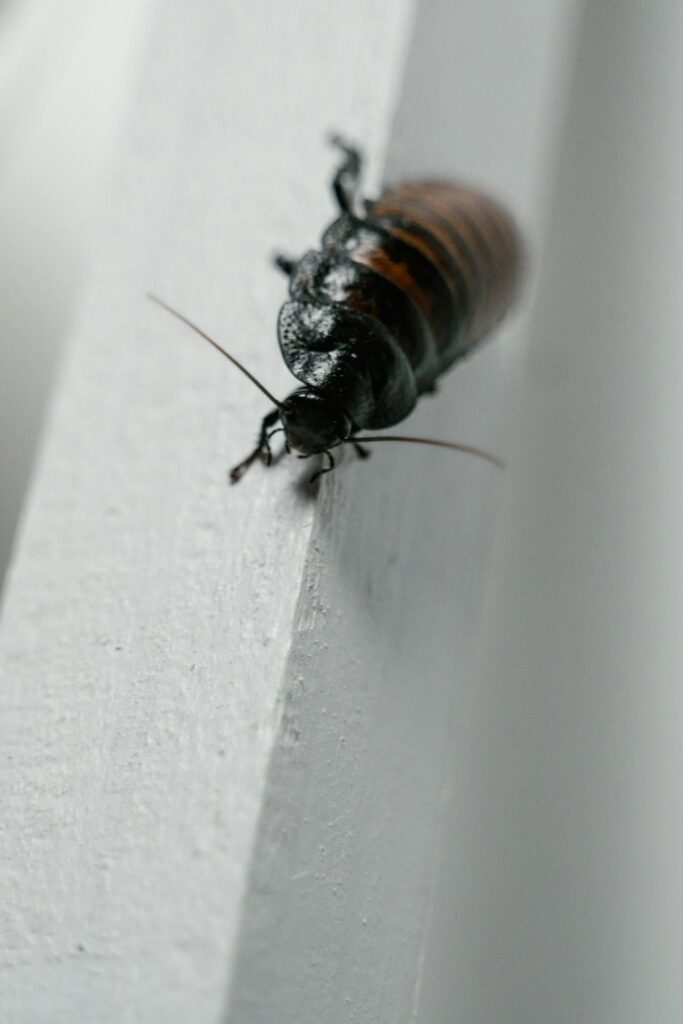
Cockroaches are one of the most common household pests and are known to carry a variety of diseases. They can spread bacteria like salmonella and E. coli, which can cause food poisoning and other illnesses. Cockroaches can also trigger asthma and allergies in some people. They are attracted to food and moisture, so it’s important to keep your kitchen clean and dry to avoid attracting them.
Venomous Spiders
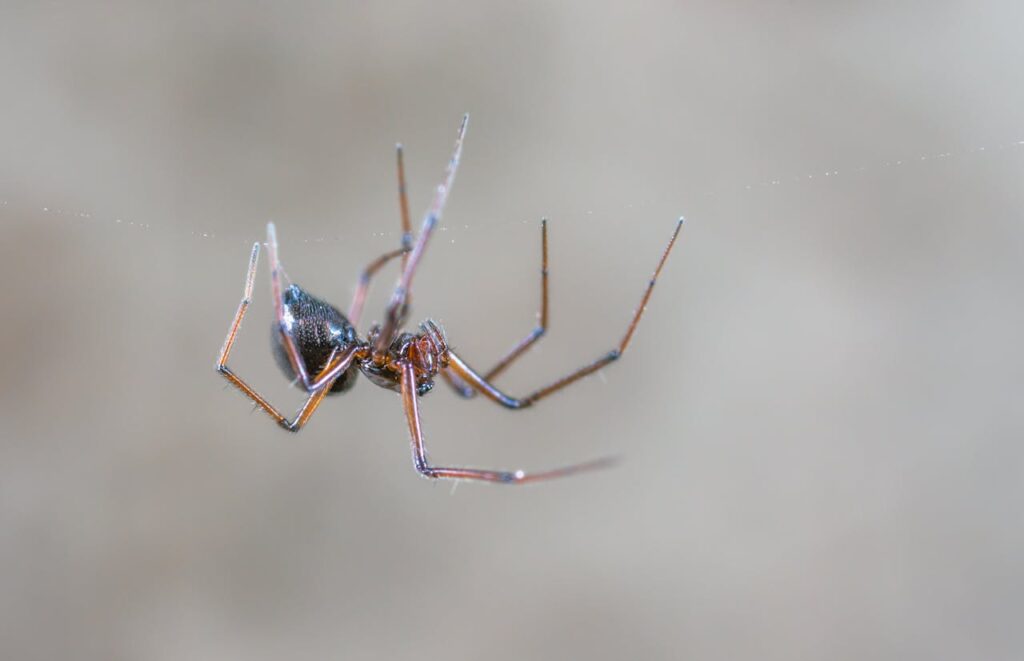
Venomous spiders like black widows and brown recluse spiders are found in many parts of the world and can be dangerous if they bite humans. Symptoms of a spider bite can include pain, swelling, and in severe cases, muscle cramps, nausea, and difficulty breathing. If you suspect you have been bitten by a venomous spider, seek medical attention immediately.
Parasitic Bed Bugs

Bed bugs are small, reddish-brown insects that feed on human blood. They are usually found in bedding, mattresses, and furniture. Bed bugs can cause itching and skin irritation, and in some cases, they can transmit diseases like Chagas disease and hepatitis B. If you suspect you have a bed bug infestation, it’s important to call a professional exterminator to eliminate them.
Structural Damage

When it comes to bugs in the house, structural damage is one of the most concerning issues. This type of damage can compromise the integrity of a home and lead to costly repairs. Here are two of the worst bugs that can cause structural damage:
Wood-Destroying Termites

Termites are notorious for their ability to cause damage to wooden structures. These insects feed on cellulose, which is found in wood, paper, and other plant-based materials. Over time, a termite infestation can weaken the structural integrity of a home, leading to sagging floors, buckling walls, and other issues.
To prevent termite damage, homeowners should keep an eye out for signs of an infestation, such as mud tubes, discarded wings, and wood that sounds hollow when tapped. It’s also important to address any moisture issues in the home, as termites are attracted to damp environments.
Destructive Carpenter Ants

Carpenter ants are another type of insect that can cause structural damage to a home. These ants do not eat wood, but they do excavate it to create tunnels and nests. Over time, this can weaken the wood and lead to structural issues.
To prevent carpenter ant damage, homeowners should keep their homes free of moisture and ensure that all wood is properly sealed and painted. It’s also important to address any ant infestations promptly, as these insects can quickly cause significant damage.
Overall, structural damage caused by bugs is a serious issue that should not be ignored. Homeowners should take steps to prevent infestations and address any issues promptly to avoid costly repairs down the line.
Allergen Sources

When it comes to household pests, not only can they be a nuisance, but they can also pose a threat to your health. Some bugs can trigger allergies and asthma, making it difficult to breathe and causing other unpleasant symptoms. Here are two common allergen sources found in homes:
Dust Mites

Dust mites are microscopic arachnids that feed on dead skin cells and thrive in warm, humid environments. They are a common allergen source and can cause symptoms such as sneezing, runny nose, and itchy eyes. Dust mites can be found in bedding, upholstery, and carpeting. Regular cleaning and vacuuming can help reduce their presence in the home.
Stinging Insects
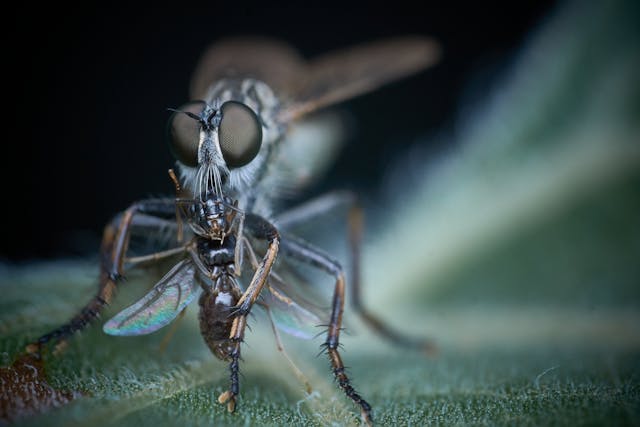
Stinging insects such as bees, wasps, and hornets can cause allergic reactions in some people. These reactions range from mild swelling and itching to life-threatening anaphylaxis. It is important to be cautious around stinging insects and to seek medical attention if stung and experiencing severe symptoms. If you have a nest on your property, it is best to call a professional to remove it safely.
By being aware of these common allergen sources and taking steps to reduce their presence in the home, you can help keep your family healthy and comfortable.
Food Contaminators

When it comes to bugs in your house, there are few things more frustrating than finding them in your food. Not only is it gross, but it can also be a health hazard. Here are two common food contaminators that you should be aware of:
Filth-Spreading Flies
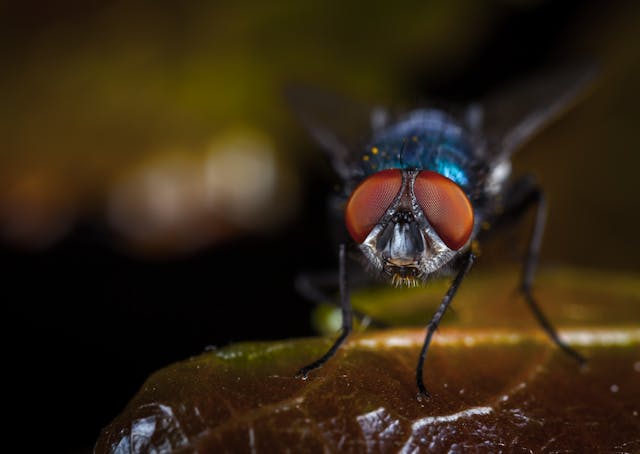
Flies are a common pest that can be found in many homes. While they may seem harmless, they can actually be quite dangerous. Flies are known to spread a variety of diseases, including salmonella and E. coli. They can also contaminate your food with their feces and vomit.
To prevent flies from contaminating your food, it’s important to keep your kitchen clean and free of food debris. You should also make sure to keep your garbage cans tightly sealed and dispose of any food waste promptly. If you do have a fly problem, consider using fly traps or hiring a professional pest control service.
Pantry-Invading Moths
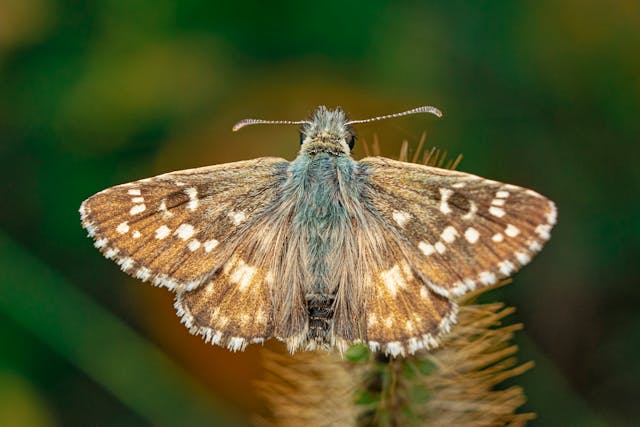
Another common food contaminator is the pantry-invading moth. These small moths are often found in dry goods such as flour, cereal, and pasta. They lay their eggs in these foods, which can lead to infestations.
To prevent pantry-invading moths from contaminating your food, it’s important to store your dry goods in airtight containers. You should also check your pantry regularly for signs of infestation, such as small moths or larvae. If you do find an infestation, you may need to throw out any contaminated food and clean your pantry thoroughly.
By taking these steps, you can help prevent food contamination and keep your kitchen safe and healthy.
Conclusion

Encountering bugs in your home can be a frustrating and unsettling experience. From the damage they cause to the potential health risks they pose, it’s important to take measures to prevent and eliminate infestations.
The nine bugs listed in this article are among the worst to find in your house, and it’s important to be aware of their habits and characteristics in order to identify and address any issues. Whether it’s the destructive nature of termites, the disease-carrying potential of cockroaches, or the painful stings of wasps, each of these pests presents its own unique challenges.
By taking preventative measures such as sealing cracks and crevices, storing food properly, and maintaining a clean living space, homeowners can reduce the risk of infestations. However, in the event that bugs do make their way inside, it’s important to address the issue promptly and effectively.
Overall, while encountering bugs in your home can be a nuisance, it’s important to remain calm and take action to address the problem. With the right knowledge and tools, homeowners can protect their homes and families from the worst bugs that may try to invade.





